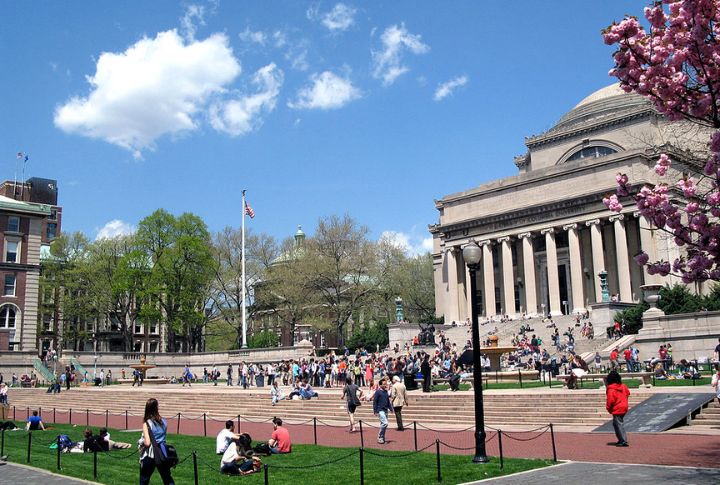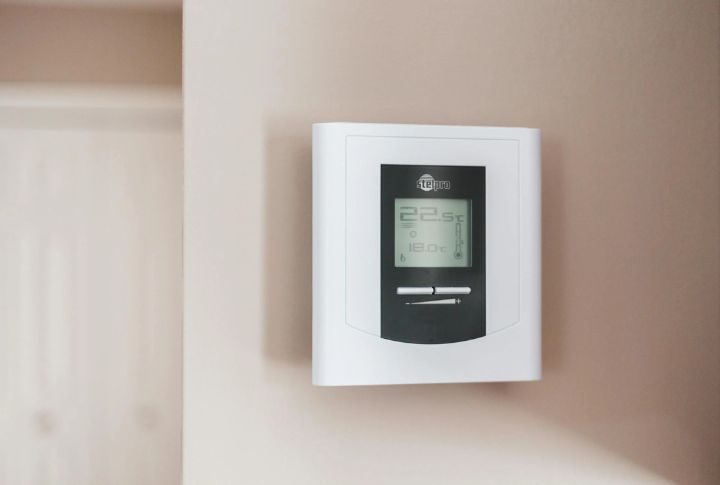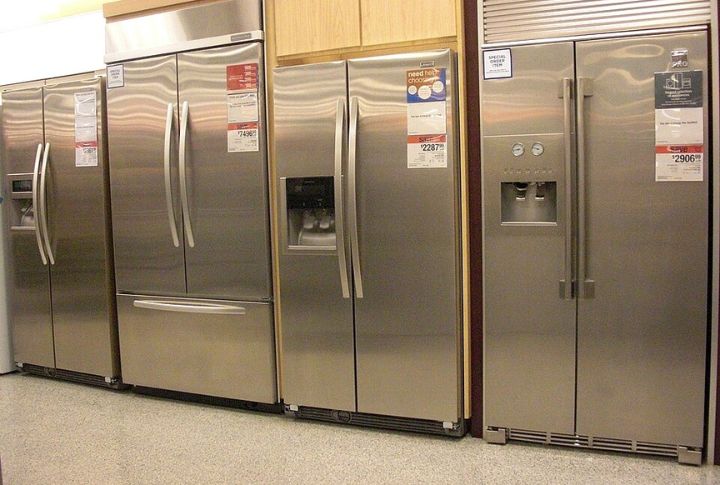
The US stands out for exceptionally high living costs. Housing, healthcare, and education create significant financial strain on its citizens compared to other countries. Here are 20 fascinating price differences that explain why American life demands a substantially bigger budget than anywhere else.
High Housing Costs

Major US cities like New York and San Francisco have higher housing costs than Berlin or Seoul, with rents consuming larger portions of median incomes. On the other hand, European social housing and Asia’s dense urban planning help stabilize prices.
Healthcare

Americans pay the world’s highest per capita healthcare costs. European national systems and universal coverage in Japan and South Korea, on the other hand, dramatically reduce medication prices, while US patients face steep deductibles despite having insurance.
College Tuition

US college tuition ranges from $10,000 to $40,000 annually, forcing many students into debt. University education in many European nations is free or inexpensive. Taiwan and Singapore also keep costs down with government support.
Childcare

Childcare facilities in the US cost an average of $1,200 monthly per child, while many countries treat it as a public good. France and Sweden also offer low-cost care through government programs, making childcare accessible.
Grocery Prices in US Cities

US grocery prices exceed those in many European and Asian cities. Basic items like milk and bread cost more in Los Angeles than in Lisbon or Bangkok. Efficient local sourcing helps Europe keep prices down; in contrast, America’s complex logistics often drive them up.
Transportation Costs

Car ownership is nearly essential in the US, which creates costs for fuel, insurance, maintenance, and registration. However, despite higher gas prices, Europe’s public transit reduces car dependency, while Asia’s efficient systems minimize the need for private ownership.
High Startup Costs

High startup costs—legal fees, permits, and rent—can weigh down new businesses, especially with minimal support systems. In contrast, countries like India, Canada, and Mexico offer significantly lower startup costs and more supportive business environments.
Internet & Mobile Services

US high-speed internet exceeds $70 monthly, whereas South Korea gives faster service for less. Limited competition also drives up American rates, while European nations provide competitive mobile plans under $30 through greater market competition.
Energy And Other Utility Bills

American utility bills run higher due to larger homes and extreme climates. Europe reduces costs through better insulation and efficient appliances, and Asia’s smaller living spaces lower energy use. Many countries even offer green energy incentives to cut bills further.
Eating Out

US restaurant meals cost $15 or more due to taxes and high base prices. Asian street food and local diners have much cheaper alternatives for the same quantity of food, while European cafes provide better value for dining out.
Vacation & Travel Costs

Traveling in the US costs more due to expensive domestic flights, lodging, transportation, etc. Europe offers budget airlines and affordable travel options. Americans also receive limited vacation time compared to European standards, thus restricting travel opportunities.
Gym And Fitness Memberships

Gym memberships range from $30 to $100 monthly in America, plus expensive personal trainer fees. Meanwhile, Germany and Spain have cheaper memberships, and many Asian countries provide free outdoor fitness parks. Fitness enthusiasts in the US pay a lot more!
Entertainment

Movie tickets and concerts are significantly expensive here due to high service fees. Asia and Europe offer more affordable public entertainment options like museums and karaoke venues with lower entry fees, providing better value for leisure activities.
Home Goods And Appliances

US appliances and furniture cost more due to larger sizes, brand premiums, and high delivery fees. European and Asian markets, however, favor compact models with strong local production. This makes them a more affordable option for consumers.
Pet Care Costs

The cost of having a pet in the US exceeds global standards: insurance averages $93 monthly versus Germany’s $77, while grooming and food services cost $90 monthly compared to $30-50 in Japan and South Korea. American pet care is significantly more expensive.
Insurance

Americans pay more for all insurance types, with health coverage costing thousands annually and high car insurance rates nationwide. European national systems and capped options, and Asia’s affordable coverage, minimize such out-of-pocket expenses.
Taxes

US income taxes appear low, but healthcare premiums and property taxes create hidden costs. European taxes fund comprehensive services, and Scandinavian countries provide strong safety nets. Singapore even combines low taxes with subsidized public services.
Minimum Wage And Buying Power

The US federal minimum wage of $7.25 lags behind inflation, leaving full-time workers unable to afford rent. Australia’s minimum wage supports livable lifestyles, while European countries link wages to living costs, ensuring better affordability.
Luxury Goods

European luxury shopping costs less due to VAT refunds and lower taxes on brands like Chanel and Rolex. Despite high demand, Asia maintains competitive luxury prices through smart regional distribution. However, American shoppers pay premium rates for the same products.
Parking Costs

Parking costs are notoriously high in America, with monthly rates reaching $500-$800 in prime New York and Chicago locations. On the other hand, European and Asian cities offer significantly lower fees, with many providing subsidized or free parking options.

